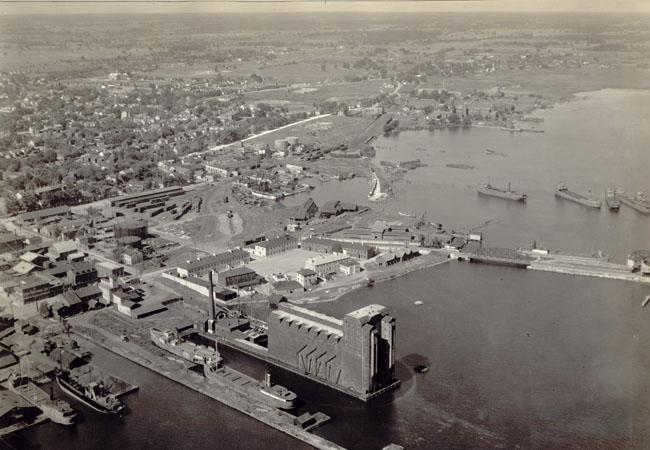Construction of a military building in a landfilled section of Cataraqui Bay led to the discovery of the remains of a ship in 1954. A small section of the ship was removed: now known as the Cataraqui Prow, the vessel resides at the Marine Museum of the Great Lakes at Kingston.

In 1994 a survey of Kingston’s inner harbour was undertaken to document the 14 known vessels that lie submerged or partially submerged between the Kingston Rowing Club and the La Salle Causeway. Historical and archaeological evidence indicates that the inner harbour ship graveyard was the final resting place of wooden vessels built in the mid- to late nineteenth century, that include schooners, barges, and steamers.
The positions of the vessels indicate a deliberate decision to place them in certain positions within the inner harbour, sometimes so that they could potentially be used at a later date. Some of the abandoned vessels were also used to form a breakwater between the entrance to Anglin’s Bay and the western end of the LaSalle Causeway. The vessels in the inner harbour date between circa 1909 and circa 1920. Larger steamers that were abandoned around 1920 were removed in 1925 and 1937, and two schooners were also removed in 1937. Technological improvements that resulted in changes in size and construction of vessels, navigation improvements on the Great Lakes, and the limitations of Kingston’s harbour eventually led to the decline in use of Kingston’s harbour. This led to the abandonment of these vessels in the inner harbour, where they still ie today.


